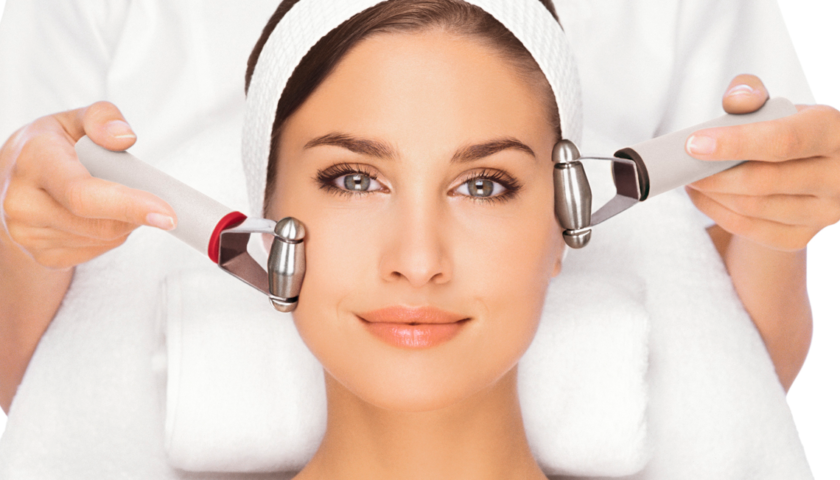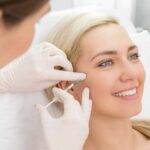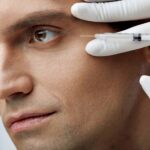THE WHAT? Sephora will be accepting applications for its 2023 Accelerate program from today through September 26, 2022.
THE DETAILS Founded in 2016, the LVMH-owned retailer’s brand incubation program features a 360-degree, six-month curriculum with mentorship, merchandising support, grants and investor connections offered to participants.
THE WHY? Revamped in 2021, the program is focused on building a community of innovative, inspirational brand founders in beauty and creates a foundation, network and ecosystem for brands to launch and thrive.
Injectable aesthetics are popular due to their ability to provide noticeable results with minimal downtime compared to surgical procedures. They are versatile and can be tailored to meet individual aesthetic goals, whether it's enhancing lips, restoring facial volume, or smoothing out wrinkles. However, they should always be administered by qualified professionals to ensure safety and achieve optimal results.
Injectable aesthetics are used to enhance facial features, reduce the signs of aging, and improve overall facial symmetry and appearance.
Key types of injectable aesthetics include:
-
Dermal Fillers: These injectables are used to add volume, fill in wrinkles and folds, and enhance facial contours. They often contain substances like hyaluronic acid, collagen, or calcium hydroxylapatite, which help plump up the skin and smooth out fine lines and wrinkles.
-
Botulinum Toxin (Botox): Botulinum toxin injections temporarily relax facial muscles that cause wrinkles and lines to form. It is commonly used to treat forehead lines, frown lines between the eyebrows, and crow's feet around the eyes.
-
Collagen Stimulators: These injectables stimulate the body's own collagen production, helping to improve skin texture and firmness over time. Examples include poly-L-lactic acid (Sculptra) and calcium hydroxylapatite (Radiesse).
-
Neurotoxin Injections: Besides Botox, other neurotoxins such as Dysport and Xeomin are used similarly to reduce wrinkles and lines.





